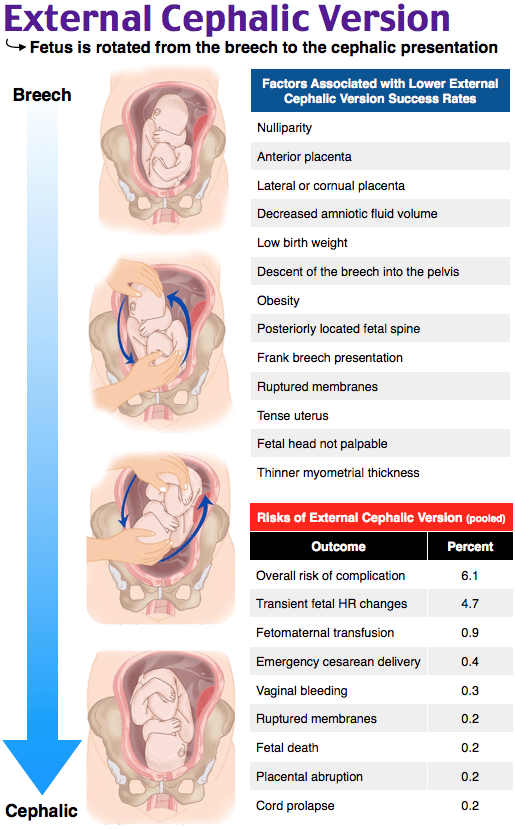Announcing the New Women’s Health Rotation Exam, Perfect for PA Students

Rosh Review, LLC is not sponsored or endorsed by, or affiliated with, the Physician Assistant Education Association (PAEA) nor the End of Rotation Exam™ (EOR). All trademarks are the property of their respective owners.
The Rotation Exam – Women’s Health module, available to Physician Assistant students and programs, is best suited for PA students looking for a focused, high-yield review for the end of your rotation. It joins our growing list of Rotation Exams, including Rotation Exam – Family Medicine, Rotation Exam – Internal Medicine, and Rotation Exam – Emergency Medicine. This content is novel and not included in Rosh Review’s PANCE Qbank, Mock exams, or Power Packs.
Topics for the Rosh Review Women’s Health Rotation Exam are based on the national curriculum blueprint.
Categories include the following:
Gynecology
- Neoplasms (10%)
- Menstruation (15%)
- Disorders of the breast (8%)
- Infections (12%)
- Structural abnormalities (5%)
- Other (5%)
Obstetrics
- Prenatal care/normal pregnancy (16%)
- Pregnancy complications (15%)
- Labor and delivery complications (8%)
- Postpartum care (6%)
Content is organized by task:
- History and Physical
- Diagnostic studies
- Diagnosis
- Health maintenance
- Clinical intervention
- Clinical therapeutics
- Scientific concepts
Here is an example:
Which of the following best represents a positive prognostic variable for successful external cephalic version of a breech fetus?
A. Amniotic fluid index less than 10
B. Anterior placental location
C. Non-longitudinal fetal position
D. Thinner myometrial thickness
Answer C
External cephalic version is an elective procedure used to reorient a fetus who is in breech position, with the goal of successful vaginal delivery and avoidance of cesarean section. In women who opt to undergo external cephalic version, the rate of cesarean sections is decreased, although it remains higher than the rate of cesarean sections performed in patients with cephalic presentations who did not require external cephalic version. The procedure involves pharmacologic uterine relaxation and external bimanual manipulation of the fetus to cause the fetus to perform a forward or backward somersault and reorient cephalically. The procedure should not be attempted in cases of placenta previa and previous cesarean section. Likelihood of successful external cephalic version is increased in patients who are black, who present with nonlongitudinal fetal lie, and whose fetus has an unengaged presenting part. Nonlongitudinal lie aids in external cephalic version because the fetus need not be rotated 180 degrees, and because transverse lie is an inherently unstable lie. Risks of external cephalic version include stillbirth, placental abruption, emergency cesarean section, cord prolapse, vaginal bleeding, rupture of membranes, maternofetal transfusion, and transient abnormal changes in fetal heart rate. The rate of serious complications in large studies was found to be very low.

An amniotic fluid index less than 10 (A) is a negative predictor of successful external cephalic version. Before external cephalic version is performed, sonography is used to determine that the woman has sufficient amniotic fluid for optimal movement of the fetus. An amniotic fluid index of ten or more is desirable. Anterior placental location (B) is not predictive of a successful external cephalic version. Posterior placental placement correlates positively with successful version, and placenta previa is a contraindication to the procedure. Thinner myometrial thickness (D) is a negative predictor of successful external cephalic version. Other factors which negatively influence the success of the procedure are nulliparity, lateral or cornual placenta, low birth weight, obesity, posteriorly located fetal spine, firm maternal abdominal muscles, frank breech presentation, ruptured membranes, a tense uterus, and inability to palpate the fetal head.
One Step Further question:
What is moxibustion?
Answer:
A Chinese medical procedure in which incense is burned close to the skin of the fifth toe in an attempt to correct a breech presentation.
Since these categories and tasks are integrated into our improved performance and feedback page, you have access to robust data to help you fine-tune your studying.
Study on…
The Rosh Review Team
A bolus of confidence. A lifetime of knowledge.





Comments (0)